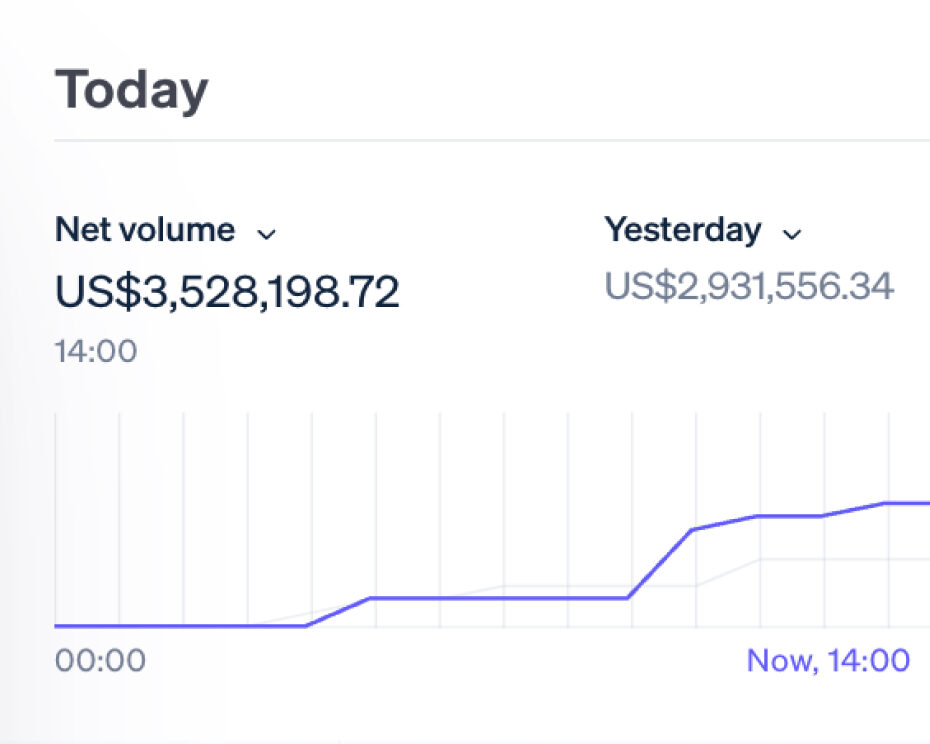The Power of Tiered Pricing
Pricing is make or break for a business. One size doesn’t fit all, especially when you have multiple customer bases and complex products. That’s where tiered pricing comes in.
In this guide we’ll go into the nitty gritty of tiered pricing, with real world examples, actionable strategies and how to make tiered pricing work for your business.
What is Tiered Pricing?
Tiered pricing is a pricing strategy where different price levels (or tiers) are set based on specific criteria, such as volume or features. This allows companies to serve multiple customer segments with different needs, offering them flexible pricing options.
For example a SaaS company may offer basic, pro and enterprise pricing tiers, each with different levels of access to features. It’s a win-win—businesses get more revenue and customers only pay for what they need.
Key Benefits of Tiered Pricing:
- Customizable for different audiences: Serve multiple customer needs.
- Scalable: Grow your business by serving small and large buyers.
- More Revenue: Upsell higher value tiers to customers.
Tiered Pricing Models and Examples
Tiered pricing models vary by business type but here are the most common ones:
The Three-Tier Pricing Model
The three-tier pricing model is the most common. Think Goldilocks and the Three Bears: small, medium, large. Each tier has different features, from basic to premium all-in-one. Customers tend to gravitate to the middle tier as it’s often perceived as the best value.
Example:
Spotify offers Free, Premium and Family tiers, each with different benefits.
The Tiered Subscription Model
For subscription based businesses, tiered pricing allows companies to grow with their customers. Customers can start on a lower tier and move up as their needs expand, it’s a great model for recurring revenue streams.
Example:
Netflix offers Basic, Standard and Premium subscriptions based on video quality and number of devices.
How to Use Tiered Pricing
Getting tiered pricing right requires planning. Follow these steps to create a strategy that works for your business:
Step 1: Segment Your Customers
First categorize your customer base. Who are your price sensitive customers? Who will pay more for premium features?
Step 2: Set Your Tiers
Make clear distinctions between tiers. Each tier should offer a tangible value to the customer.
Step 3: Price
Don’t just set arbitrary price points. Analyze your market and competitors, make sure your tiers align with your value proposition.
Step 4: Test and Adjust
Tiered pricing is not a set and forget strategy. Test how customers respond to your tiers and adjust based on feedback and sales data.
Benefits and Challenges of Tiered Pricing
Pros of Tiered Pricing:
- Flexibility: With a well implemented tiered pricing model you can serve multiple customer needs without excluding anyone.
- Upsell Opportunities: Businesses can move customers up to higher tiers by showcasing the value of extra features.
- Revenue Maximization: Different customers pay different prices so businesses can capture more revenue from higher paying segments while still serving price sensitive customers.
The Cons of Tiered Pricing:
- Complexity: Managing multiple tiers can be complicated. You need to plan carefully so customers see the value in each tier.
- Customer Confusion: Too many tiers or too complex a structure can overwhelm potential customers and cause decision paralysis. Keep it simple.
Tiered pricing is a dynamic strategy that offers flexibility, scalability and big revenue potential for businesses. By offering multiple price points businesses can serve a wider customer base and maximize their revenue.
At Flintfox we help businesses execute their pricing for maximum profit. Whether you’re just starting out or looking to refine your tiered pricing model our intelligent pricing solutions have you covered.
Tiered Pricing FAQ’s
What is tiered pricing?
Tiered pricing is a strategy where businesses offer different price levels based on specific criteria, such as volume or features, catering to different customer segments.
How does the three-tier pricing strategy work?
The three-tier pricing strategy offers three different pricing packages, usually starting with a basic option and ending with a premium one, appealing to a wide range of customers.
What are the benefits of tiered pricing for SaaS companies?
SaaS companies can use tiered pricing to cater to businesses of all sizes, upselling premium features as customers grow.
How is tiered pricing different from volume pricing?
In tiered pricing, customers pay a different price for each tier, while volume pricing charges based on the quantity purchased.
What are some examples of companies using tiered pricing?
Netflix, Spotify, and Adobe all use tiered pricing to offer different value levels to their customers.
Powerful pricing software supported with deep experience
Flintfox gives you flexibility with your application, unprecedented speed and power from our pricing engine and support from our dedicated team.
